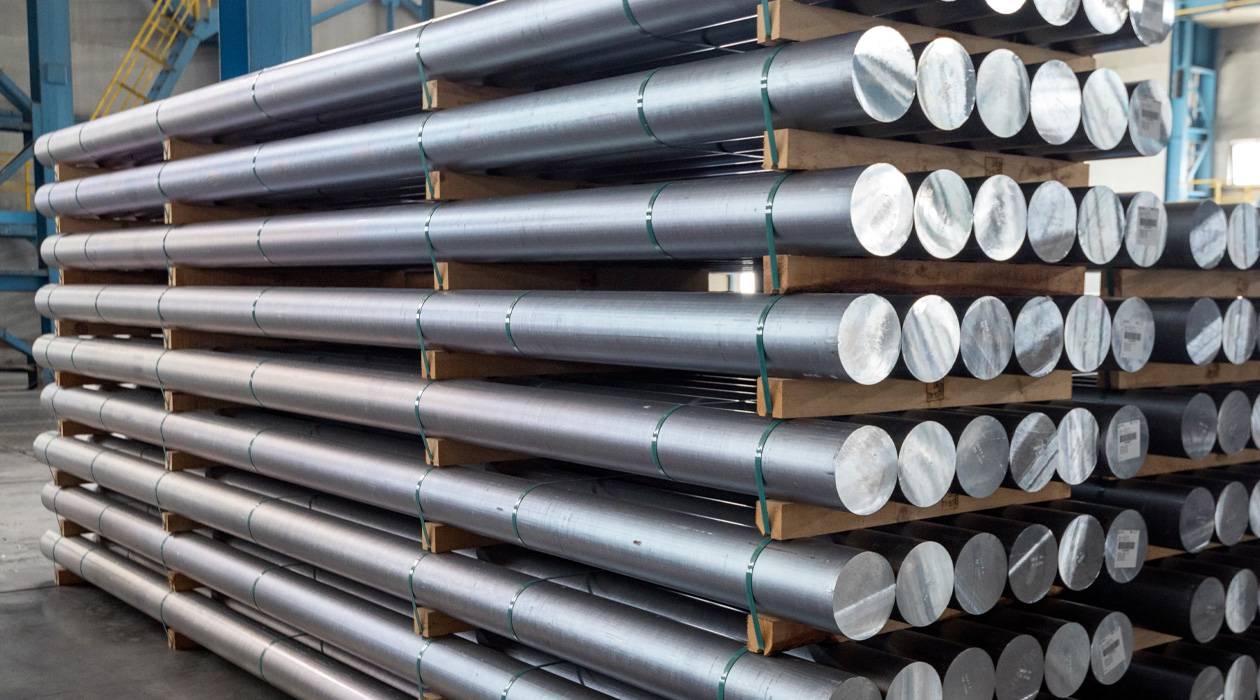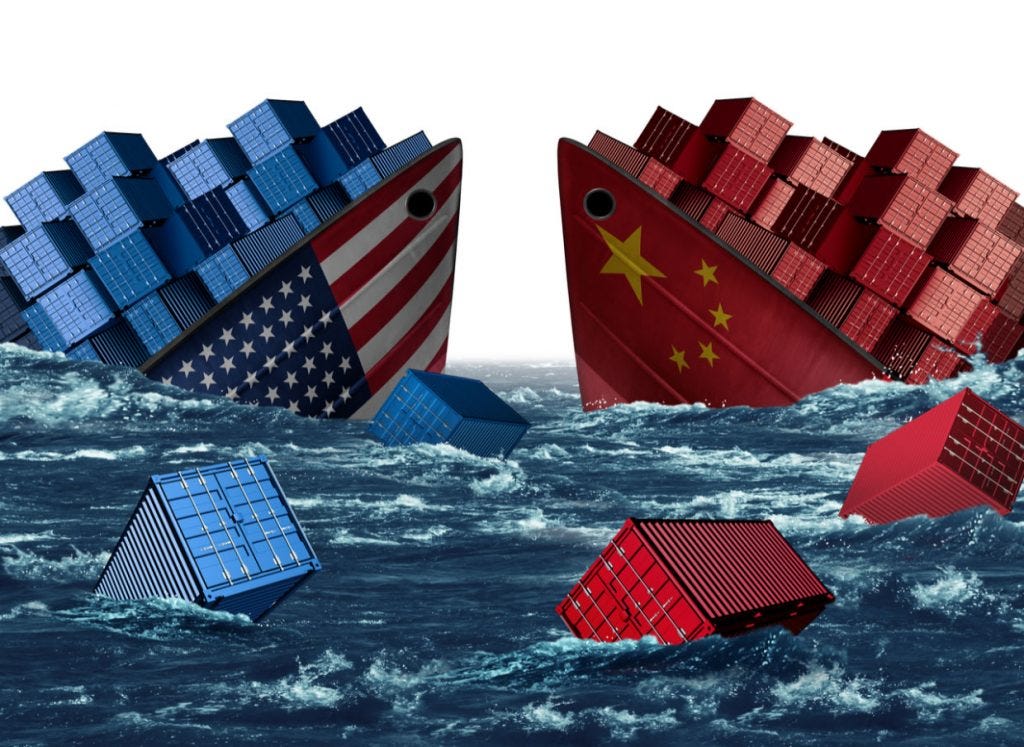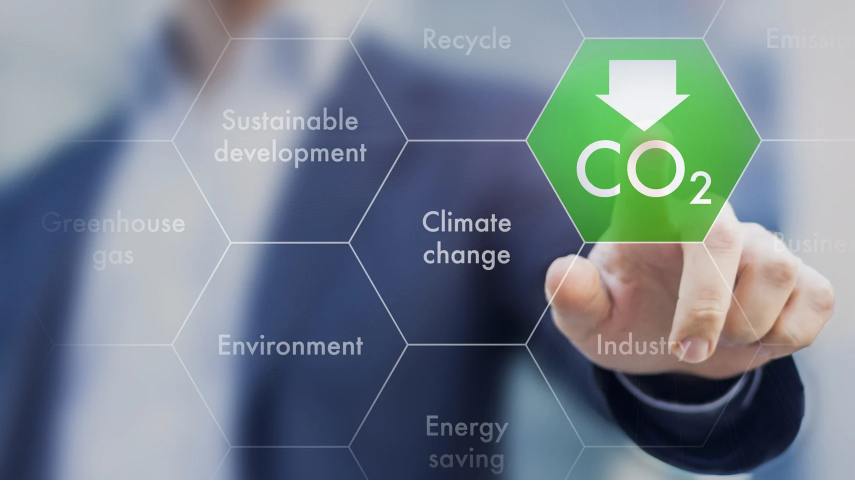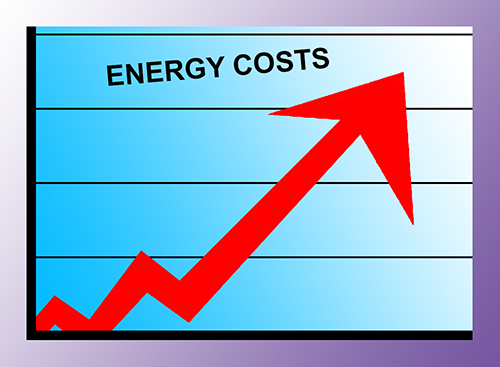What Do You Think Of The Upward Trends On Aluminium Prices And Reasons Behind?
Aluminium, a versatile and widely used metal, has been experiencing upward trends in its prices in recent years. This surge in prices has sparked discussions and debates among industry experts, economists, and investors. Understanding the reasons behind these upward trends is crucial for businesses and individuals who rely on aluminium, as well as for those who are interested in the dynamics of the global commodity market.
One of the primary reasons behind the upward trends in aluminium prices is the increasing demand for the metal across various industries. Aluminium is a key component in the manufacturing of automobiles, airplanes, construction materials, and consumer electronics. As the global economy continues to grow, the demand for these products has risen, leading to a higher demand for aluminium. This surge in demand has put pressure on the supply chain, leading to higher prices.
Another factor contributing to the upward trends in aluminium prices is the impact of geopolitical and trade tensions. The imposition of tariffs and trade restrictions by major aluminium-producing countries, such as the United States and China, has disrupted the global supply chain and created uncertainty in the market. These geopolitical tensions have led to supply chain disruptions and increased production costs, ultimately leading to higher prices for aluminium.
Furthermore, environmental and regulatory factors have also played a significant role in the upward trends of aluminium prices. Environmental regulations aimed at reducing carbon emissions and promoting sustainable practices have led to increased production costs for aluminium producers. Additionally, the implementation of stricter environmental standards in major aluminium-producing countries has led to supply constraints, further driving up prices.
Moreover, the fluctuation in energy prices has also impacted the cost of aluminium production. Aluminium smelting is an energy-intensive process, and any fluctuations in energy prices can directly impact the cost of production. As a result, changes in energy prices, whether due to geopolitical factors or shifts in global energy markets, can influence the overall cost of producing aluminium, thereby affecting its market price.
In addition to these factors, speculation and investor sentiment also play a role in the volatility of aluminium prices. Investors and speculators closely monitor global economic trends, geopolitical developments, and supply-demand dynamics to make investment decisions in the commodities market. Their actions can contribute to short-term price fluctuations, adding to the overall upward trends in aluminium prices.
In conclusion, the upward trends in aluminium prices can be attributed to a combination of factors, including increasing demand from various industries, geopolitical tensions, environmental regulations, energy price fluctuations, and investor sentiment. Understanding these factors is essential for businesses and individuals who rely on aluminium, as well as for policymakers and investors seeking to navigate the complexities of the global commodity market. As the market continues to evolve, staying informed about these factors will be crucial for making informed decisions in the aluminium industry.
Ruiqifeng is a one-stop manufacturer for aluminium extrusion who always offer the high quality products and reasonable prices. Don’t hesitate to reach out us if you have any requirement.
Jenny Xiao
Guangxi Ruiqifeng New Material Co., Ltd.
Address: Pingguo Industrial Zone, Baise City, Guangxi, China
Tel / Wechat / WhatsApp : +86-13923432764
https://rqfxcl.en.alibaba.com/
https://www.aluminum-artist.com/
Email : Jenny.xiao@aluminum-artist.com
Post time: May-11-2024











